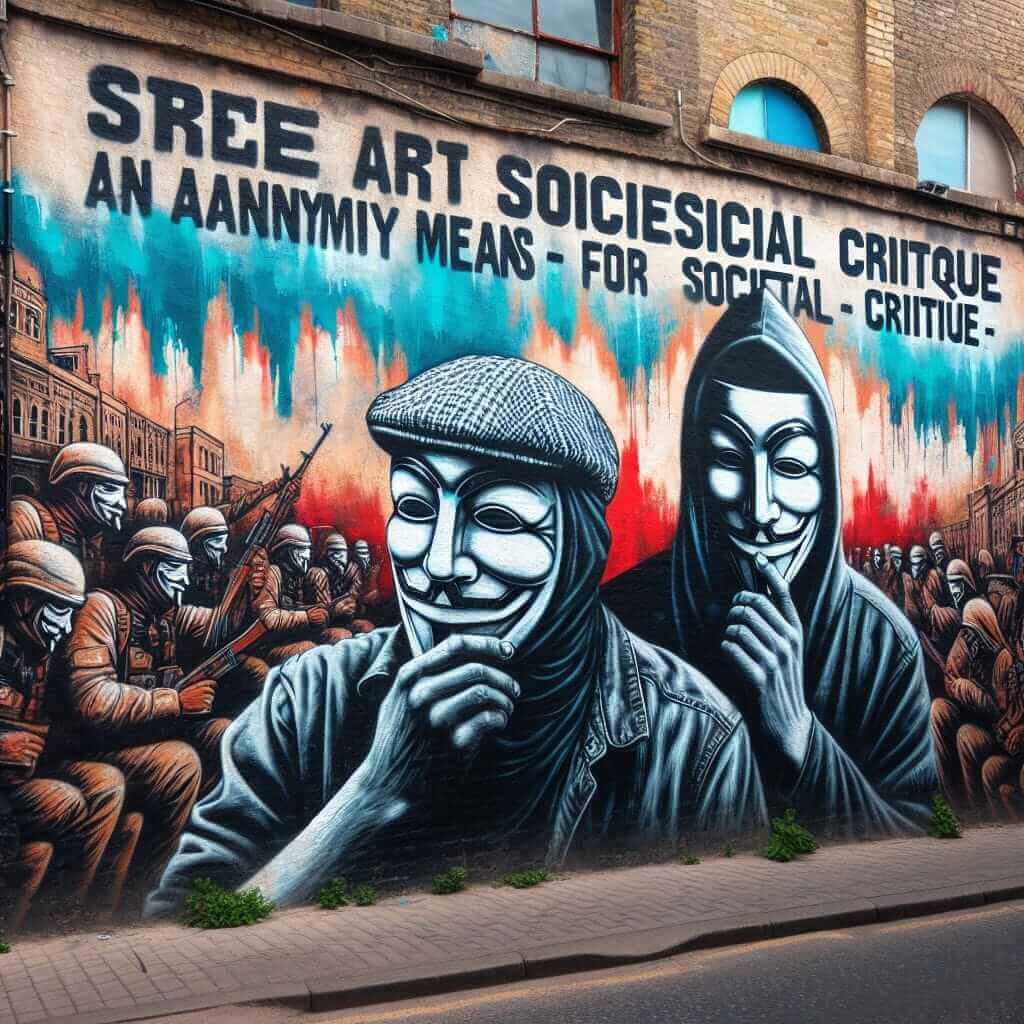The influence of the arts on society has been a subject of profound interest for many scholars, educators, and activists. Contemporary studies frequently underscore the power of artistic expression in promoting social change. In the context of the IELTS Writing Task 2, understanding this topic thoroughly can boost your ability to write compelling essays. This article delves into the role of the arts in fostering social change, offering a model essay, key insights, and useful vocabulary.
Before we move to the main content, let’s consider some possible IELTS essay prompts related to this topic:
- “To what extent do you agree or disagree that the arts can promote social change?”
- “Discuss the benefits and drawbacks of using art as a means to influence public perception.”
- “In what ways do the arts impact social movements and public opinion?”
Analyzing the Essay Prompt
Let’s choose the first essay prompt for our model essay:
“To what extent do you agree or disagree that the arts can promote social change?”
Breaking Down the Topic
-
Identify the Keywords:
- Arts
- Promote Social Change
-
Consider Various Angles:
- Historical examples
- Contemporary cases
- Different forms of art (music, literature, visual arts)
- Potential drawbacks (if any)
Thesis Statement
The thesis statement will assert your position regarding the prompt. For a balanced approach:
“While the arts alone may not instigate social change, they play a significant role in raising awareness and inspiring action.”
Writing the Model Essay
Introduction
The arts have long been a dynamic force in society, often serving as a mirror to reflect social issues and as a catalyst for change. This essay argues that while the arts may not solely drive social transformation, they are instrumental in raising awareness and inspiring collective action.
Body Paragraph 1: Historical Perspective
From the Renaissance to the Civil Rights Movement, art has been central to social change. For instance, during the 1960s Civil Rights Movement in the United States, musicians like Bob Dylan and visual artists like Emory Douglas used their work to rally support and unify diverse groups against racial segregation. This demonstrates how art can reflect societal issues and mobilize communities towards change.
Body Paragraph 2: Contemporary Examples
In modern times, street art has become a powerful tool for social commentary. Banksy, a renowned street artist, uses his murals to challenge political narratives and draw attention to social injustices. Similarly, movements like #MeToo gained momentum through impactful visual campaigns, emphasizing the role of art in contemporary social movements.

Body Paragraph 3: Potential Limitations
However, it is crucial to acknowledge that art alone cannot bring about social change. While it can inspire and mobilize, substantial change often requires policy restructuring and activism. Therefore, the arts should be viewed as a complement to, rather than a substitute for, direct action and policy initiatives.
Conclusion
In conclusion, while the arts are not the sole drivers of social change, they play a critical role in raising awareness and fostering a sense of solidarity. By reflecting societal issues and inspiring action, the arts can be a powerful ally in the quest for social justice and reform. (Word count: 282)
Key Notes for Writing
When writing about this topic, consider the following:
- Balance the Argument: Acknowledge both the potential and limitations of the arts in promoting social change.
- Use Historical and Modern Examples: Support your arguments with well-known instances.
- Craft a Clear Thesis: Your thesis should clearly state your viewpoint.
Important Vocabulary
- Catalyst (n) /ˈkætə.lɪst/: Something or someone that causes an important event to happen.
- Mobilize (v) /ˈmoʊ.bə.laɪz/: To organize or prepare something for a purpose.
- Solidarity (n) /ˌsɑː.lɪˈdɑːr.ə.t̬i/: Agreement between and support for the members of a group.
- Segregation (n) /ˌseɡ.rɪˈɡeɪ.ʃən/: The separation or isolation of a race, class, or group.
- Injustice (n) /ɪnˈdʒʌs.tɪs/: Lack of fairness or justice.
- Complement (v) /ˈkɑːm.plə.ment/: To add to something in a way that enhances or improves it.
- Direct Action (n) /dɪˈrekt ˈæk.ʃən/: The use of strikes, demonstrations, or other public forms of protest rather than negotiation to achieve one’s demands.
Conclusion
In summary, the arts hold a significant role in highlighting social issues and galvanizing public sentiment towards change. For IELTS aspirants, tackling such topics effectively can enhance their writing band score. Some other related topics to consider for practice include “The Role of Education in Preventing Crime” and “The Influence of the Internet on Global Cultures.” Engaging with these subjects will not only improve your writing skills but also expand your understanding of how various elements influence societal dynamics.